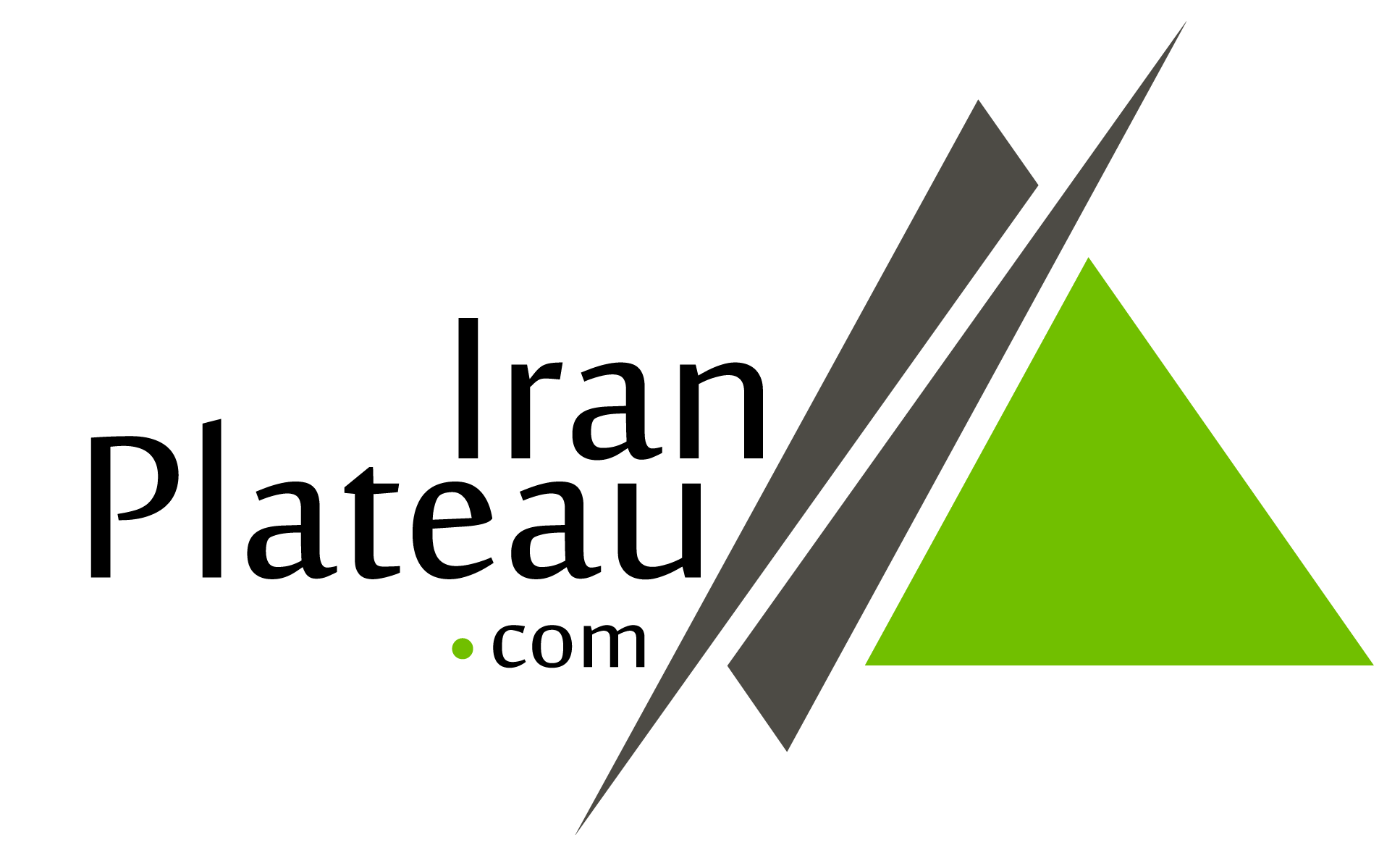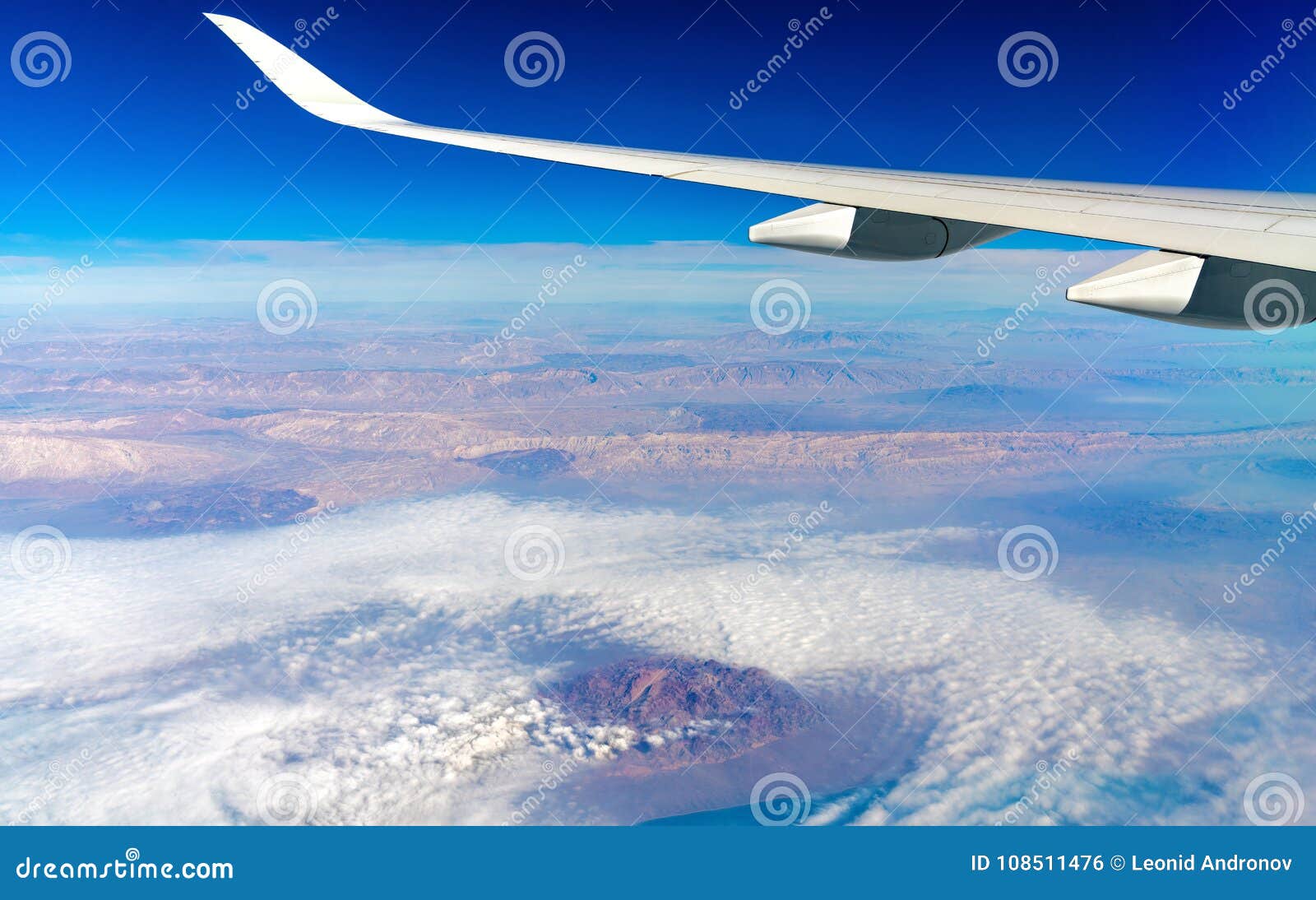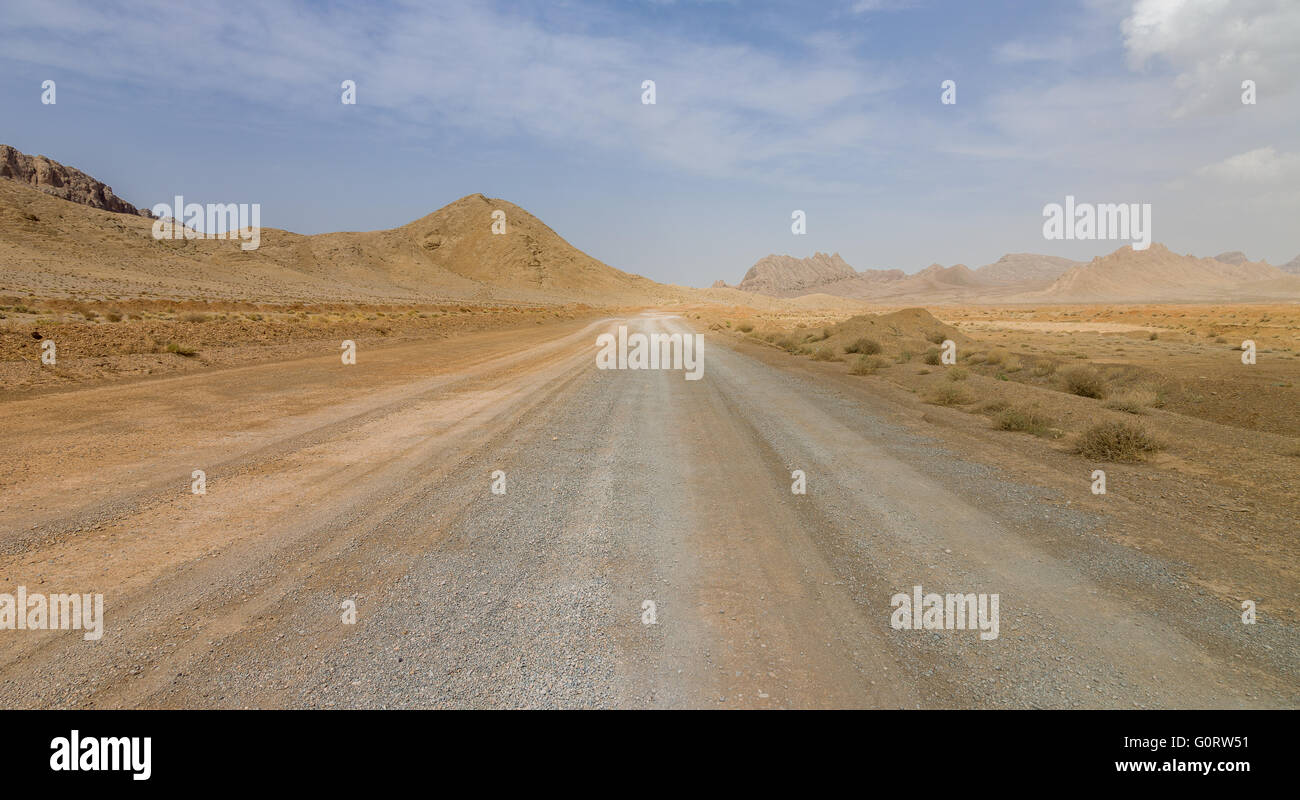The Iranian Plateau - Heart Of Ancient Lands
Picture, if you will, a vast stretch of high ground, a place where the very earth seems to tell tales of incredible shifts and movements. This kind of place, you know, has seen civilizations rise and fall, influencing how people lived and what they believed in for thousands of years. It’s a bit like a silent witness to so much human drama.
This particular high land, often called the plateau of Iran, holds a special spot on the global map. It's not just a big piece of land; it's a geological marvel, really, formed by the slow, powerful dance of massive land plates. Think of it as a huge stage where continents have pushed and pulled, creating the very ground beneath our feet.
For anyone curious about where ancient cultures blossomed or how the physical world can shape human stories, this area offers a lot to think about. It's a region with a deep past, and its very makeup, that, has played a part in defining everything from old empires to modern nations.
Table of Contents
- How Did the Plateau of Iran Come to Be?
- Where Does the Iranian Plateau Stretch?
- What Makes the Iranian Plateau Unique?
- How Did the Plateau of Iran Shape Cultures?
- The Iranian Plateau - A Land of Extremes
- Iconic Landmarks of the Plateau of Iran
- The Iranian Plateau's Place in the World
- The Enduring Spirit of the Plateau of Iran
How Did the Plateau of Iran Come to Be?
The formation of the plateau of Iran is, in some respects, a truly grand geological story. It’s a narrative written in the very rocks and earth over eons. Basically, this elevated land mass came into being from what geologists refer to as accretionary Gondwanan terranes. Picture ancient land bits, sort of like smaller continental pieces, gradually sticking together. These pieces, you know, were once part of a much larger supercontinent called Gondwana.
This process of land pieces joining up happened between two very significant geological features. To the north, there was something called the Turan platform, a stable, old block of the Earth's crust. Then, to the south, you had the Zagros fold and thrust belt, which is a region known for its crumpled and pushed-up layers of rock. The plateau of Iran, then, sits right in between these two powerful geological zones, a bit like a central character in a long play.
Another key part of its creation involves what is called a suture zone. This is a place where two large land plates have come together and fused. In this case, it’s the boundary where the Arabian plate, which is slowly but surely moving northward, has met the Eurasian continent. This meeting point, this very, very powerful collision, is what really brought the Iranian plateau into existence. It shows the immense forces at work deep beneath the Earth's surface.
So, in essence, the plateau of Iran is a part of the vast Eurasian plate itself. It's not just sitting there; it’s actually wedged, quite literally, between the Arabian plate on one side and the Indian plate on the other. Imagine these enormous pieces of the Earth’s crust, each moving in its own way, squeezing this region in the middle. This constant pressure and movement, you know, is what has given the plateau its unique shape and characteristics over millions of years. It’s a very active geological neighborhood, you could say.
Where Does the Iranian Plateau Stretch?
When we talk about the plateau of Iran, we’re referring to a truly expansive area, one that touches multiple parts of the world. Geographically speaking, it spans across portions of the Caucasus region, extends into Central Asia, reaches into South Asia, and, of course, covers a significant part of West Asia. It's a bit like a geographical crossroads, connecting different cultural and natural zones.
The land mass itself covers a really large footprint. It takes in the greater part of what we now call modern Iran. But it doesn't stop there. It also includes all of Afghanistan, and then, you know, a considerable section of Pakistan that lies to the west of the Indus River. This whole area, more or less, measures about 3,700,000 square kilometers, which is roughly 1,400,000 square miles. That's a truly immense amount of territory, encompassing diverse landscapes and communities.
To get a clearer picture of its location, consider its natural borders. To the west, you find the imposing Zagros Mountains. Then, if you look north, there's the Caspian Sea, a vast inland body of water, and also the Köpet Dag mountain range. The Armenian Highlands are to the northwest, and further north, you have the Caucasus Mountains. This arrangement of surrounding high ground and water bodies, you know, helps define the boundaries of the plateau of Iran, making it a distinct geographical entity.
The country of Iran itself, which is officially known as the Islamic Republic of Iran, sits squarely in West Asia. It has many neighbors, which gives you a sense of its central position. It shares boundaries with Iraq to its west, and then Turkey, Azerbaijan, and Armenia to its northwest. The Caspian Sea forms its northern edge, while Turkmenistan is to the northeast. Afghanistan is to the east, and Pakistan lies to the southeast. To the south, it meets the waters of the Gulf of Oman and the Persian Gulf. So, it's pretty much surrounded by a mix of land and sea, with the plateau of Iran forming its central core.
What Makes the Iranian Plateau Unique?
The Iranian plateau is, in many ways, a land of striking contrasts and distinct features. One of the things that makes it unique is its predominant topographical character. It is, you know, largely made up of this vast elevated area, punctuated by mountains. These mountains, actually, have played a very significant part in the country's story, influencing both its political developments and its economic activities for many centuries. They are more than just geographical features; they are historical actors, in a way.
The landscape across Iran is, basically, shaped by rugged mountain ranges. These ranges, you see, often act like natural dividers, separating various basins or lower plateau areas from one another. It's like a series of natural rooms, each with its own character. The western part of the country, which is where most of the people live, is the most mountainous. Here, you find ranges like the famous Zagros and Alborz mountains.
The Alborz range, in particular, is home to Iran’s highest point, a peak known as Damavand. This towering natural monument reaches a height of 5,671 meters, which is about 18,606 feet. It's a truly impressive sight, standing tall over the surrounding lands. In contrast, the eastern half of the plateau of Iran is, more or

Places Archives - Iran Plateau MAG

Aerial View of the Persian Plateau in Iran Stock Photo - Image of hill

Iran central plateau and semi desert landscape Stock Photo - Alamy